SELF ACTUALIZATION
Create a website platform from your passion.
Like a driver’s license, it unlocks numerous opportunities for monetization.
Phone number
07729 866 544
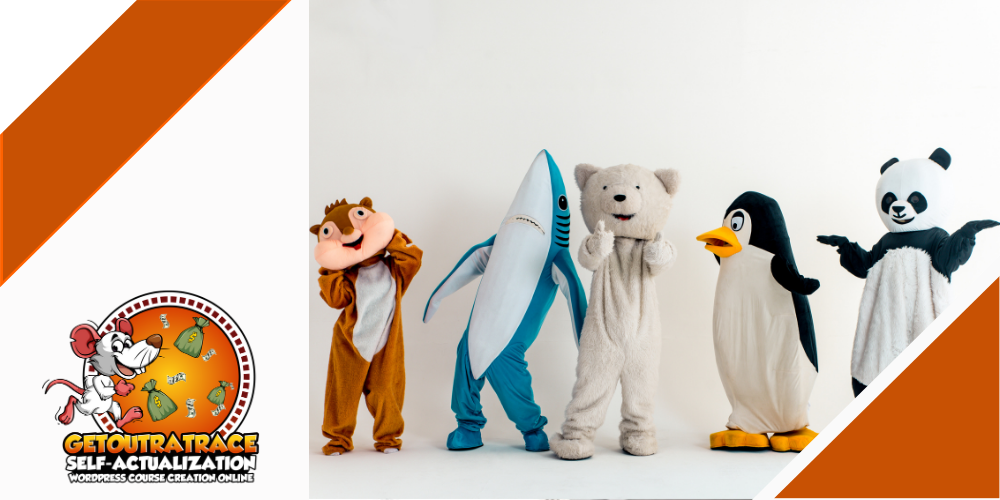
Mascots are characters, animals, or symbols that represent a particular brand, organization, team, or event. They are often used for promotional purposes, to create a recognizable identity, and to foster a connection with the audience or fans. Mascots can be found in various contexts, such as sports teams, schools, companies, and even cities or regions. They often appear at events, games, or marketing campaigns to engage with the audience and enhance the brand’s visibility and appeal.
Purpose and Function: Mascots serve several purposes. They act as brand ambassadors, representing the values, identity, and personality of the entity they symbolize. They also help create a memorable and engaging experience for the audience, whether it’s at a sports event, a company promotion, or a community gathering. Mascots often serve as a focal point for interaction, drawing attention, and fostering a sense of unity and belonging among fans or customers.
Design and Characteristics: Mascots come in various forms and designs, ranging from animals and mythical creatures to abstract symbols or even inanimate objects. Their appearance is often tailored to reflect the identity and purpose of the brand or organization they represent. For example, sports team mascots might embody strength, agility, or the team’s spirit, while corporate mascots may convey trustworthiness, innovation, or friendliness.
Engagement and Entertainment: Mascots play an important role in engaging and entertaining the audience. They interact with fans, pose for photos, perform skits or dances, and sometimes even participate in on-field or on-stage activities. Their lively presence adds excitement and energy to events, helping to create a fun and memorable experience for attendees.
Brand Recognition and Marketing: Mascots are powerful marketing tools. They help build brand recognition by appearing on merchandise, advertising materials, and social media platforms. The unique and memorable nature of mascots can also set brands apart from competitors and leave a lasting impression on consumers. Additionally, mascots often serve as the face of promotional campaigns, helping to convey key messages and values in a relatable and engaging way.
Cultural and Regional Significance: Mascots can hold cultural and regional significance, embodying local traditions, folklore, or symbols. They may reflect the heritage or history of a particular community, serving as a source of pride and identity for its members. In some cases, mascots become iconic symbols closely associated with their respective regions, contributing to their cultural legacy and appeal.
Overall, mascots play a multifaceted role in branding, entertainment, and community engagement. Whether cheering on a sports team, promoting a product, or representing a cause, mascots have a unique ability to captivate audiences and leave a lasting impression.
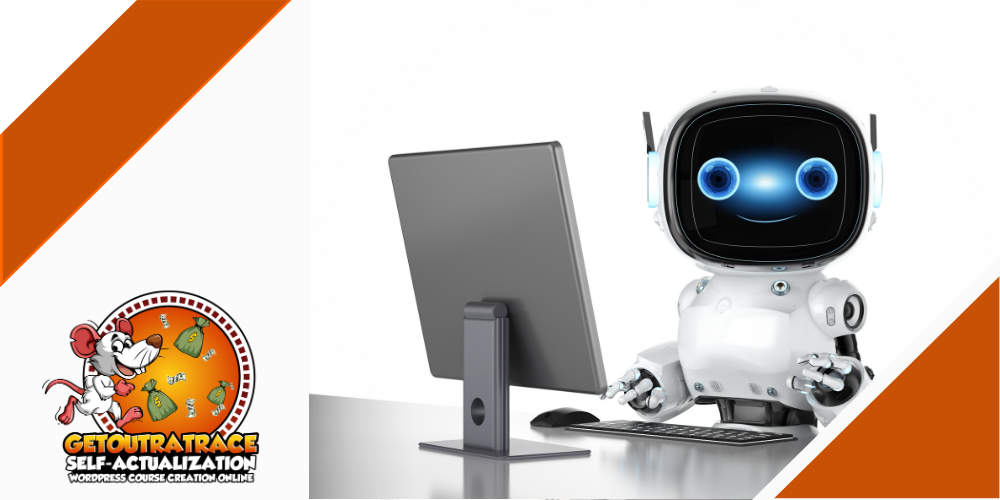
Mascots can provide several benefits to a business, having cartoon mascot packs helps:
Brand Recognition: A well-designed mascot can become instantly recognizable and closely associated with your brand. This recognition helps your business stand out in a crowded market, making it easier for customers to remember and identify your products or services.
Audience Engagement: Mascots have a unique ability to connect with audiences on an emotional level. They can interact with customers in person at events, on social media, or in advertising campaigns, creating a sense of fun and approachability that encourages engagement and builds customer loyalty.
Differentiation: In competitive industries, a mascot can set your brand apart from competitors by adding personality and charm. It gives your business a distinctive identity that can help attract and retain customers who resonate with your brand values and messaging.
Storytelling: Mascots can be used as characters in your brand’s storytelling efforts. They can convey your brand’s message, values, and history in a relatable and entertaining way, helping to forge a deeper connection with your audience.
Versatility: Mascots can be used across various marketing channels and platforms, from traditional advertising to digital media and social networks. This versatility allows you to leverage your mascot in different contexts and reach a wider audience.
Memorability: People tend to remember mascots more easily than abstract logos or slogans. A well-designed mascot can leave a lasting impression on customers, increasing the likelihood that they will recall your brand when making purchasing decisions.
Appeal to Children and Families: If your target demographic includes families or children, a mascot can be particularly effective in capturing their attention and fostering positive associations with your brand from a young age.
Overall, mascots can serve as powerful brand ambassadors, helping to humanize your business, engage your audience, and differentiate your brand in the marketplace.

The best place to get mascots illustrated depends on your specific needs, budget, and preferences. Here are some options to consider:
Graphic Design Agencies: Many graphic design agencies offer mascot illustration services. They typically have a team of talented designers who can create custom mascots tailored to your brand identity and requirements. Look for agencies with experience in character design and branding.
Freelance Designers: Freelance designers can also be a great option for mascot illustration. Platforms like Upwork, Freelancer, or Fiverr allow you to browse through portfolios and hire freelance illustrators with the style and expertise that aligns with your vision.
Specialized Illustration Studios: Some studios specialize in character design and illustration. These studios often have a portfolio showcasing their previous mascot projects and may offer a range of styles to choose from.
Art Schools or Universities: Consider reaching out to art schools or universities with illustration programs. Many talented students or recent graduates are looking to build their portfolios and may offer their services at more affordable rates than established professionals.
Online Marketplaces: Websites like Creative Market or DesignCrowd offer pre-made mascot designs or allow you to launch a design contest where multiple designers can submit their concepts, giving you a variety of options to choose from.
Online Communities and Forums: Engage with online communities focused on design, illustration, or branding. You may find talented artists who are open to commissions or collaborations.
Regardless of where you choose to get your mascot illustrated, be sure to communicate your vision clearly, provide detailed briefs, and ask for portfolios or samples to ensure the illustrator’s style aligns with your brand. Additionally, consider factors such as turnaround time, revisions policy, and licensing rights before finalizing the agreement.
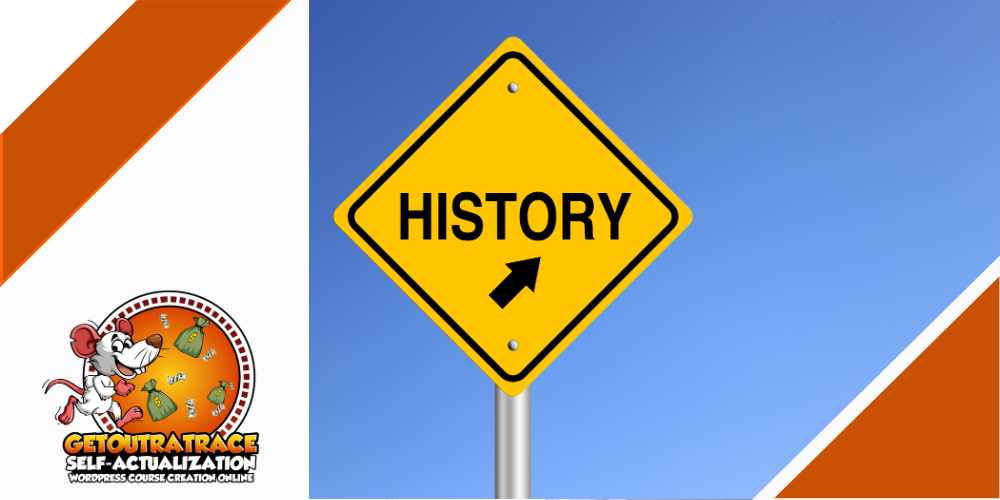
The history of mascots dates back thousands of years and has evolved over time across various cultures and contexts. Here’s a brief overview:
Ancient Civilizations: The concept of using symbols or figures to represent a group or entity can be traced back to ancient civilizations. For example, ancient Egyptians used animal-headed gods and goddesses to represent different aspects of life and nature.
Military Origins: The term “mascot” itself originates from the French word “mascotte,” meaning lucky charm or talisman. It was initially associated with military units, where live animals or objects were adopted as symbols of luck, bravery, or camaraderie. These mascots accompanied soldiers into battle and were believed to bring protection and good fortune.
Sports Teams: The use of mascots in sports can be traced back to the late 19th century. The concept gained popularity in the United States, where sports teams began adopting animal mascots to rally fans and boost team spirit. One of the earliest known sports mascots is “Roosevelt,” a live bull terrier adopted by the University of Georgia football team in 1894.
Corporate Branding: In the early 20th century, mascots began to be used for corporate branding purposes. Companies started incorporating characters or symbols into their advertising campaigns to create a memorable identity and establish a connection with consumers. Famous examples include Tony the Tiger for Kellogg’s Frosted Flakes and the Michelin Man for Michelin tires.
Entertainment Industry: Mascots have also become prominent in the entertainment industry, particularly in theme parks, children’s television shows, and movies. Characters like Mickey Mouse, Bugs Bunny, and Pikachu have become iconic mascots for their respective franchises, capturing the hearts of audiences worldwide.
Cultural and Regional Significance: In addition to sports teams and businesses, mascots have also been used to represent cities, regions, schools, and cultural events. These mascots often embody local traditions, folklore, or symbols, serving as ambassadors for their communities and fostering a sense of pride and identity.
Overall, the history of mascots is diverse and multifaceted, reflecting their evolution from ancient symbols of luck and protection to beloved characters that represent a wide range of organizations, brands, and cultural identities. Having a mascot and getting a mascot pack for your business is a great idea.
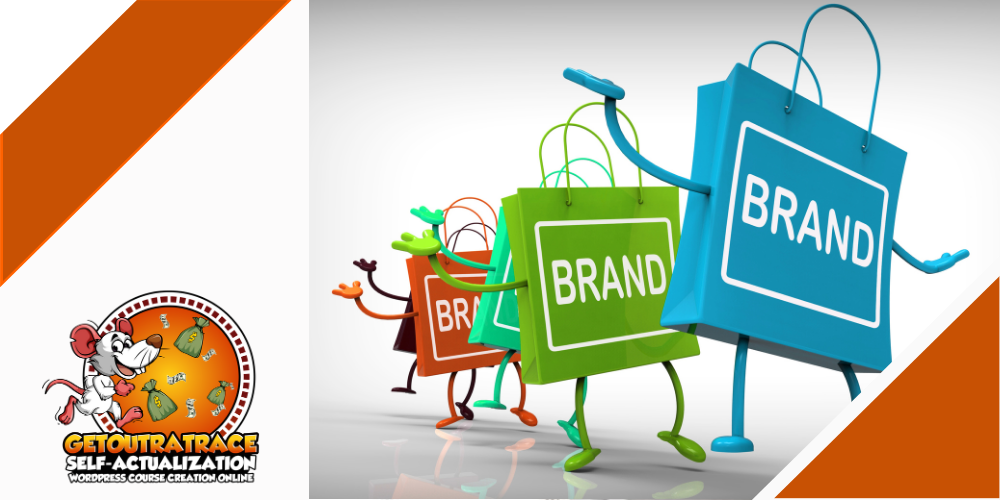
Mascots can be particularly beneficial for faceless brands for several reasons:
Personality and Identity: Faceless brands, such as online platforms or software companies, often lack a human touch or personality. Mascots provide a way to humanize the brand and create a distinct identity that customers can relate to. By giving the brand a friendly and approachable face, mascots help establish an emotional connection with users.
Memorability: Mascots make brands more memorable by serving as visual anchors for the brand’s identity. In a crowded market where faceless brands may struggle to stand out, a recognizable mascot can help differentiate the brand and increase brand recall among consumers.
Brand Storytelling: Mascots can be used as characters in the brand’s storytelling efforts, helping to convey the brand’s values, mission, and personality in a compelling way. Through interactions with the mascot, users can learn more about the brand’s story and what sets it apart from competitors.
Engagement and Interaction: Mascots provide opportunities for engagement and interaction with users, whether it’s through social media, customer support channels, or marketing campaigns. Mascots can respond to user inquiries, share helpful tips or information, and even entertain users with playful interactions, creating a positive and memorable experience.
Trust and Reliability: A well-designed mascot can convey trustworthiness and reliability, reassuring users that they are dealing with a reputable brand. Mascots can serve as friendly guides, helping users navigate the brand’s offerings and build trust over time.
Universal Appeal: Mascots have a universal appeal that transcends language and cultural barriers. Regardless of where users are located or what language they speak, a friendly mascot can communicate the brand’s message and values in a way that resonates with audiences worldwide.
Overall, mascots offer faceless brands a powerful tool for building brand recognition, fostering emotional connections with users, and standing out in a competitive market. By giving the brand a face and personality, mascots help humanise the brand and create a more engaging and memorable experience for customers.

While mascots can offer numerous benefits to brands, there are also limitations and potential negative points to consider:
Cost: Creating and maintaining a mascot can be costly, especially if you opt for custom-designed costumes, animations, or ongoing marketing campaigns featuring the mascot. For smaller businesses or startups with limited budgets, investing in a mascot may not always be feasible.
Misalignment with Brand Image: If not executed carefully, a mascot may not align well with the brand’s image or target audience, leading to confusion or even alienation among customers. It’s essential to ensure that the mascot reflects the brand’s values, personality, and messaging accurately.
Overuse or Clichés: In some cases, mascots can become overused or clichéd, particularly if they’re not distinctive or if they closely resemble existing characters or symbols. A generic or uninspired mascot may fail to capture consumers’ attention or differentiate the brand effectively.
Cultural Sensitivity: Mascots may unintentionally offend or alienate certain demographic groups if they rely on stereotypes, cultural appropriation, or insensitive imagery. It’s crucial to consider cultural sensitivities and diversity when designing and using mascots to avoid backlash or negative perceptions.
Limited Appeal: While mascots can appeal to certain demographics, they may not resonate with all customers. Some consumers may perceive mascots as childish or gimmicky, especially in industries or contexts where professionalism and credibility are paramount.
Brand Dependency: Over-reliance on a mascot to represent the brand can pose risks if the mascot becomes less effective over time or if the brand wants to pivot its messaging or target audience. Brands should ensure that their mascot is just one aspect of their overall marketing strategy and not the sole identifier of the brand.
Maintenance and Consistency: Once introduced, maintaining consistency in how the mascot is portrayed across different channels and over time can be challenging. Changes in design or messaging may confuse customers or dilute the mascot’s effectiveness if not managed carefully.
Limited Flexibility: Depending on the format (e.g., costume, animation, digital avatar), mascots may have limitations in terms of their mobility, expressiveness, or adaptability to different contexts. This can impact their effectiveness in engaging with audiences across various platforms or environments.
Despite these limitations, mascots can still be valuable assets for many brands when used strategically and thoughtfully, taking into account the brand’s goals, target audience, and overall marketing strategy
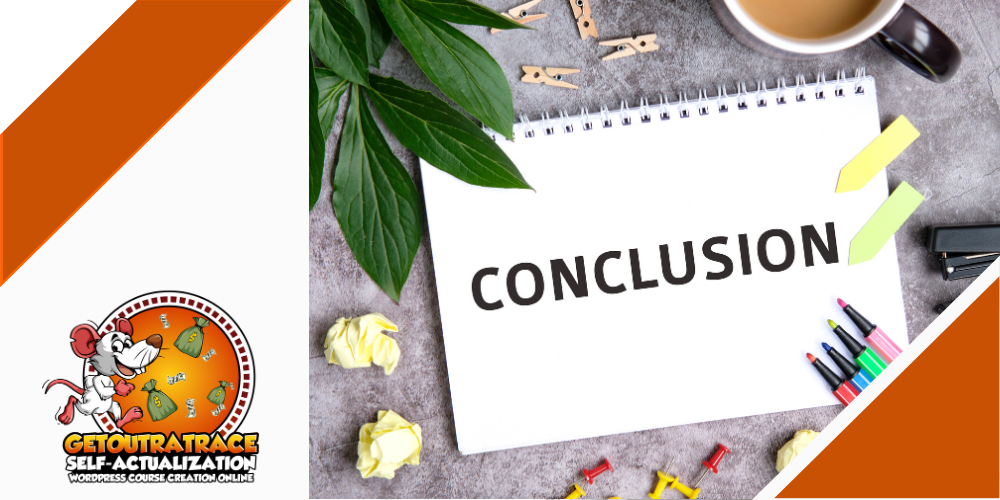
In conclusion, mascot cartoon packs can be powerful tools for brands to enhance their visibility, engage with audiences, and build emotional connections. However, it’s essential to carefully consider the potential limitations and negative points associated with using mascots:
Cost: Creating and maintaining a mascot can be expensive, particularly for smaller businesses or startups with limited budgets.
Misalignment with Brand Image: Mascots must accurately reflect the brand’s values, personality, and messaging to avoid confusion or alienation among customers.
Overuse or Clichés: Mascots that are generic or uninspired may fail to capture consumers’ attention or differentiate the brand effectively.
Cultural Sensitivity: Brands must be mindful of cultural sensitivities and diversity when designing and using mascots to avoid offending or alienating certain demographic groups.
Limited Appeal: While mascots can appeal to certain demographics, they may not resonate with all customers, particularly in industries where professionalism and credibility are essential.
Brand Dependency: Over-reliance on a mascot can pose risks if the mascot becomes less effective over time or if the brand wants to pivot its messaging or target audience.
Maintenance and Consistency: Brands must maintain consistency in how the mascot is portrayed across different channels and over time to avoid confusing customers or diluting its effectiveness.
Despite these challenges, mascots can still be valuable assets for brands when used strategically and thoughtfully as part of a comprehensive marketing strategy. By considering these limitations and addressing them proactively, brands can maximize the effectiveness of their mascots in creating memorable and engaging experiences for their audiences.
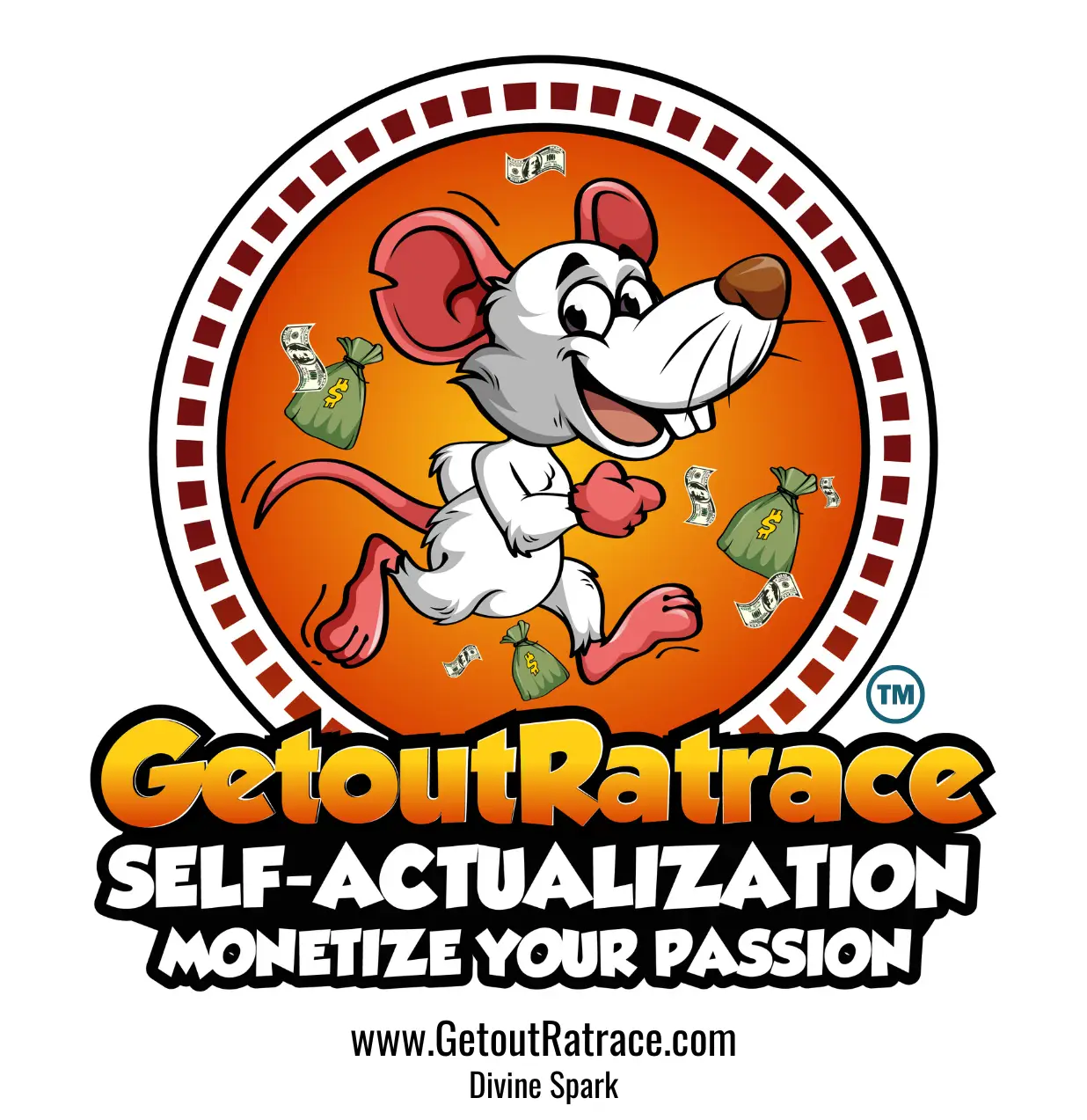
Get notified about new ways people monetize their passions and more. Free digital products coming soon.